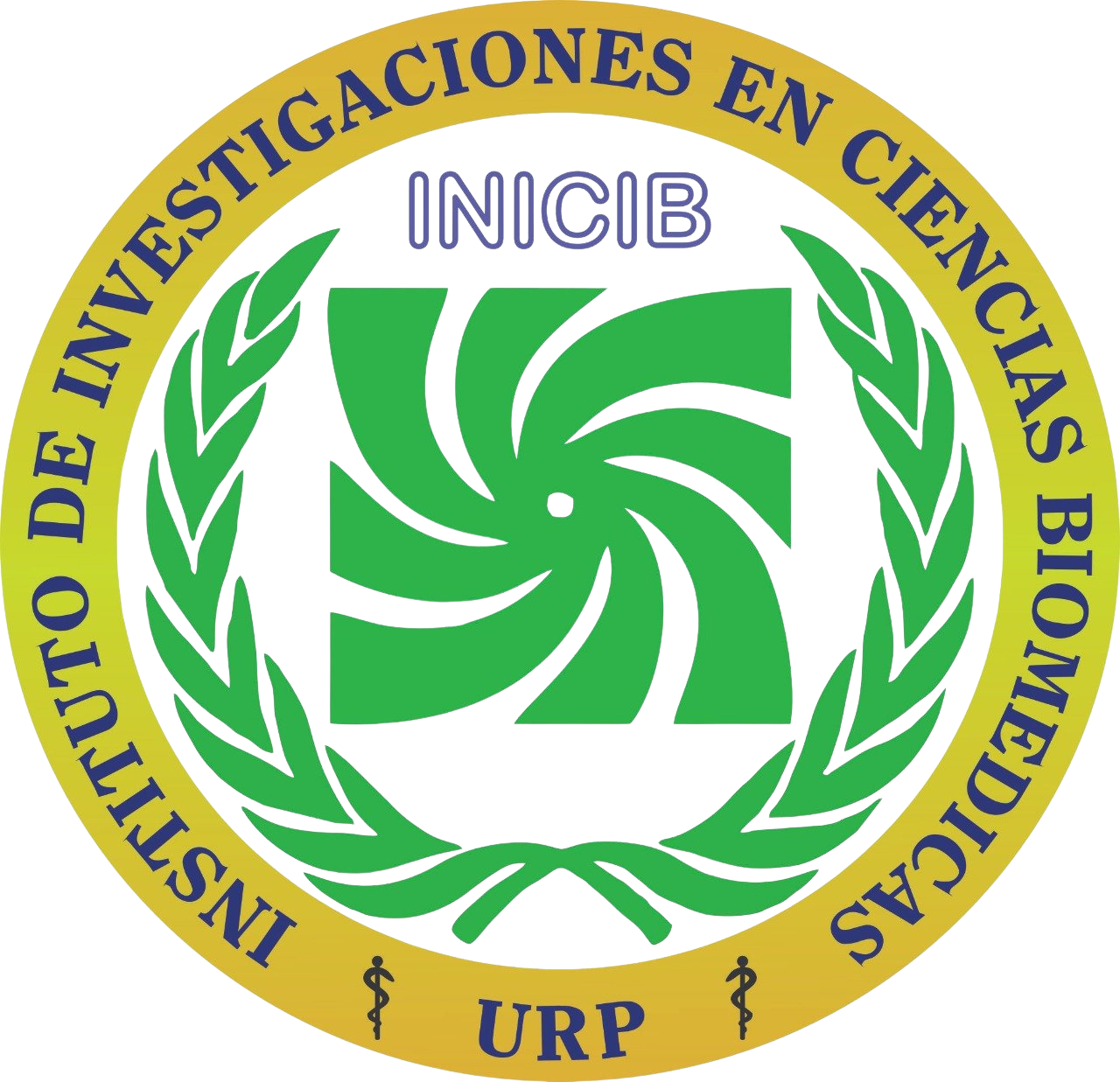Characteristics and evolution of patients with urinary lithiasis in a tertiary hospital emergency
Características y evolución de pacientes con litiasis urinaria en emergencia de un hospital terciario
DOI:
https://doi.org/10.25176/RFMH.v20i4.2922Keywords:
Urolithiasis, Emergency Medical Services, renal colic, diagnosisAbstract
Background: The symptoms and complications of urinary lithiasis are a frequent cause of emergency care. Objectives: To determine characteristics and evolution of patients with urinary lithiasis attended in the emergency room of a tertiary social security hospital. Methods: Observational study carried out at the Rebagliati hospital Lima-Peru, during the first quarter of 2019. Sociodemographic variables, time and emergency indicators of the institutional statistical system were evaluated, performing descriptive statistics with IBM SPSS 25.0. Results: 583 attentions for urinary lithiasis (194 per month) were registered, corresponding to 14% of the genito-urinary pathology seen in the evaluated service. 55% male, average age 48 years (range 14 to 92). Mainly attended by surgical topic and priority 3, most frequent causes pain, infection and hematuria. Time of first attention 4.8 hours, leaving 70% of discharge. Observation rooms were admitted to 10.5% with an average stay of 77 hours (3.2 days), with 51% hospitalized, discharge 31%, operated 3% and 2% died. Conclusion: Urinary lithiasis occurs in 1 out of 7 genitourinary pathologies of the emergency room evaluated, predominantly in middle-aged men, 10% are admitted to the observation room, with a short stay and low mortality.
Downloads

Downloads
Published
How to Cite
Issue
Section
License
Copyright (c) 2020 Revista de la Facultad de Medicina Humana

This work is licensed under a Creative Commons Attribution 4.0 International License.



































